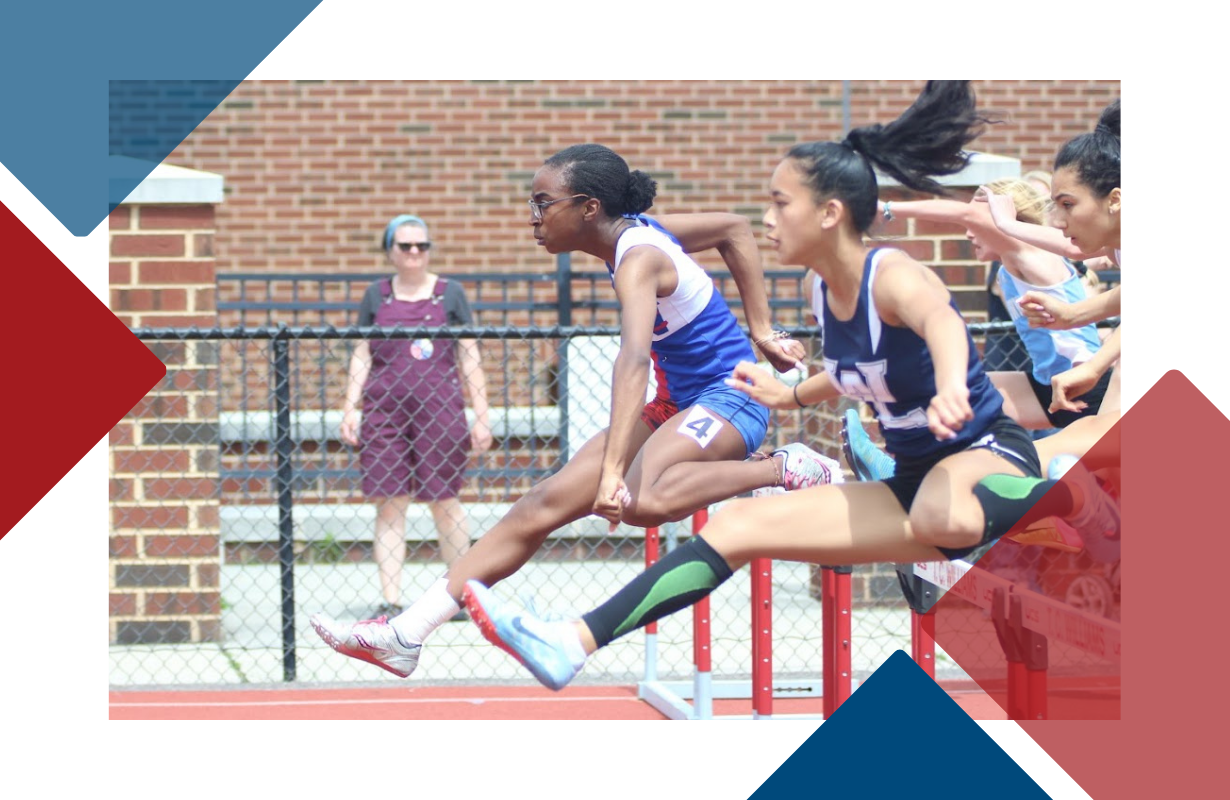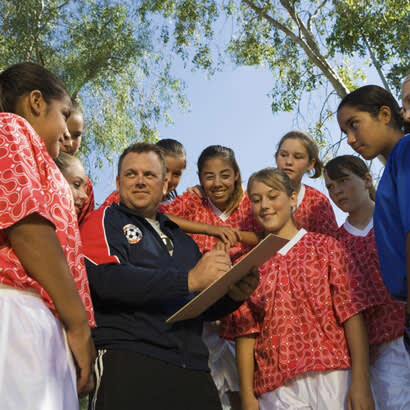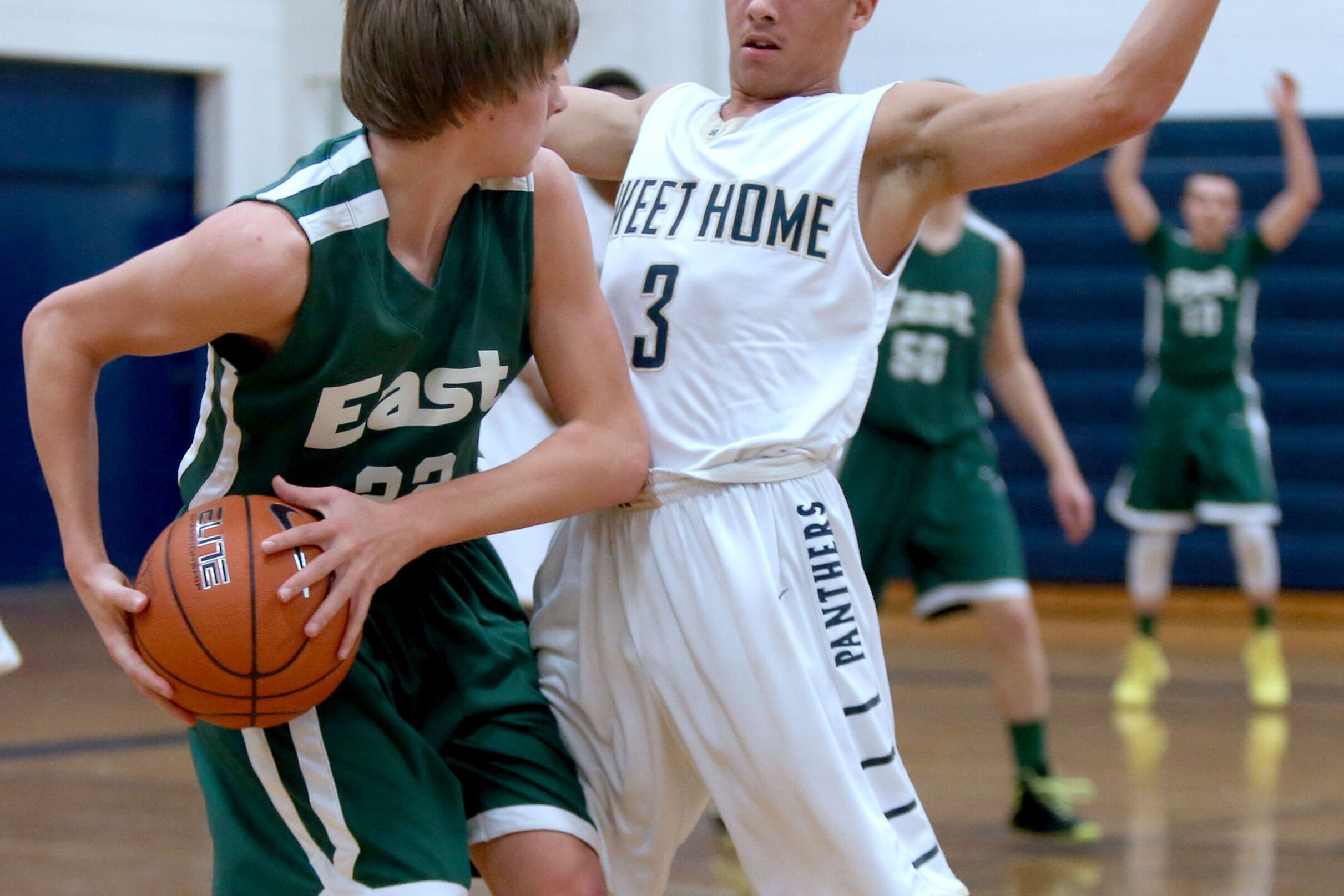The U.S. Specialty Sports Association (USSSA), a major provider of travel team tournaments, returns to Florida this weekend to fulfill the true purpose of travel sports: generate local tourism dollars. Seventy baseball teams with kids ages 9 to 14 could draw 1,500 people to Viera, Florida, who spend money on hotel rooms and restaurants.
Many public health experts caution that travel sports should be the final phase to return in youth sports. New youth sports considerations from the Centers for Disease Control and Prevention, released on May 20, advises that travel sports games are the “highest risk” within youth sports to spread COVID-19. The CDC recommends that youth teams consider competing only against local opponents, depending on state and local safety laws.
The chairman of the Brevard County Commission, which unanimously approved the USSSA reopening its sports complex, made clear in remarks to Florida Today that the decision was based on providing a large financial boost to local businesses.
“None of us have lost sight of the fact that, if we’re not careful, this could be bad, because the virus is not going away anytime soon,” county commissioner Curt Smith told Florida Today. “And we don’t want this to become New Jersey or New York. So, we’re going to have to be very, very careful.”
Bryan Lober, another county commissioner, told Florida Today that “as long as they follow the guidelines, I’ll support opening anything.”
But the USSSA return to play guidelines, released May 1 for baseball, softball, soccer, basketball and golf, may be part of the problem. A review of the USSSA document by the Aspen Institute’s Project Play, in consultation with one public health expert and one liability expert, shows that some recommendations are inconsistent across sports, lack enough specificity, and raise more questions than answers.
For instance, the guidelines encourage “parents to supply their players with antibacterial wipes and hand sanitizer for disinfecting shared playing equipment and cleaning hands between innings,” raising questions about whether youth can properly know how to sanitize equipment. In another example, USSSA recommends limiting the number of teams for adult softball tournaments but not for youth baseball tournaments.
“I have some concerns about the document because it’s meant to be a catch-all document for all youth sports,” said Lauren Sauer, a COVID-19 critical event response expert at Johns Hopkins Medicine. “Some recommendations are very specific, and some are very broad and not easily teachable or implementable. There are a lot of sports that can be practiced independently, and if we start with those sports and make sure we have training for healthy and active behaviors from their homes, then we can slowly phase in behaviors to return to youth sports. The phased approach gives you time to learn these new behaviors that we’re all learning together.”
Essentially, Brevard County is doing the complete opposite of what is recommended by starting with travel sports before local competition. The article says Gov. Ron DeSantis’ office told the county it could resume USSSA games without the state getting involved. Smith told Florida Today that his office has received a number of calls from Little League teams, in which practices and games are all hosted in the communities where kids live, wanting to know why they can’t return since the USSSA is allowed to do so.
The difference is Little League hasn’t “gotten the approval from the governor or the County Commission,” Smith said. “So, from my point of view, the event this weekend with USSSA is the icebreaker. We have to move forward with baby steps. The USSSA event will give us perspective on many levels. Not only will they get to showcase their efforts to safely open the door to sporting events, but the 1,500 to 2,000 folks coming into town will fill businesses, motels/hotels, and give them opportunities to prove themselves as well.”
According to the USSSA document, the guidelines were assembled by a task force of national program directors for baseball, basketball, fastpitch and slowpitch softball, golf and soccer. Each USSSA-sanctioned sport created recommended best practices for return to play. It’s not clear if any health or infectious disease experts were part of the task force.
Project Play attempted to clarify the guidelines with the USSSA. Multiple email messages sent to the USSSA were not returned. Phone calls to the USSSA office were unsuccessful because voice mail messages stated that the in-boxes were full.
“We’re excited that some of our states are opening up for sport competition,” USSSA Chief Executive Officer Donny DeDeonatis said May 15 in a video posted on the organization’s Twitter account. “While we want our athletes to get back on the field and able to play, we want to ensure everyone takes necessary precautions to remain safe. We are encouraging social distancing, limiting attendance, and providing sanitation needs, but still require every tournament to be in compliance with our state and local governments. While we are eager to resume some sense of normalcy, we understand the next few months will be a gradual adjustment for all of us.”
Travel sports is big business for USSSA
There is a huge financial incentive for the USSSA and other travel sports organizers to return sooner rather than later. For many, this is their livelihood. According to Florida Today, event cancellations cost USSSA $4.5 million in revenue.
For instance, the Atlanta Spring Super NIT baseball tournament has 287 teams signed up for June 13-14, totaling about $134,000 in registration fees, according to the USSSA website. The USSSA State Championship has 214 baseball teams registered, totaling more than $55,000 in fees for June 6-7 in Bradenton, Florida.
In 2017, the USSSA reported $25.3 million in net assets – up 13% from 2016 – and had a $2.6 million profit for the year, according to the association’s tax return filing for 2017, which is the most recent available on GuideStar.org. Event registration fees brought in nearly $12 million, accounting for two-thirds of the association’s total annual revenue of $18.3 million. The Florida Today story says USSSA’s typical annual revenue is now between $22 million and $25 million.
The 2017 tax return showed DeDeonatis made $1.04 million as CEO. USSSA salaries to staff and board members totaled $4.7 million. Ten people were listed making $115,000 or more, including $360,000 for a retired board member.
The USSSA noted that its guidelines “are designed to help directors with ideas and plan for operating events post COVID-19,” while noting that directors must gain approval from local and state officials when returning to play. These guidelines figure to be prominently used by event organizers and coaches across the country.
In recent weeks, the USSSA has also run tournaments in Louisiana, Missouri and Oklahoma – and more are likely in the coming weeks. On the USSSA website, more than 800 baseball events across 33 states are listed for May 23-June 27. The states with the most events are Texas (92), Tennessee (69), Oklahoma (51), Arkansas (49), Iowa (48), Missouri (48), and Louisiana (44). And that’s just for baseball, to say nothing of other spring sports. It’s possible some events listed on the website will be postponed or cancelled, as has happened in the past.
Some questionable guidelines
There are some unique recommendations to the USSSA guidelines that could rethink sports in a safer way. For instance, the USSSA advises that soccer throw-ins can be replaced with a kick-in that isn’t played over 10 yards. Still, there are more questions than answers. Among the issues raised within the USSSA guidelines:
Baseball / fastpitch softball
Teams are supposed to “allow teams to spread players out” and expand seating in the dugout when room permits. There is no recommended distance between players and umpires on the field, and between teammates in the dugout. The USSSA’s adult softball guidelines specifically recommend the catcher and umpire position themselves during a player’s at-bat to allow for social distancing. The CDC advises to space players at least six feet apart while playing in a sport, perhaps even using signs and tape on playing surfaces to keep coaches and players apart.
Players appear to be advised by the USSSA to do the disinfecting of shared equipment themselves with no asks of coaches or tournament officials. “That’s going to be really difficult to enforce,” said UCLA business law professor Steve Bank. “Can an 8-year-old do that? If that’s what you’re relying on for reasonable care, you’re probably not going to meet the standard (for legal liability protection).”
There are no recommendations of masks even for spectators, unlike in some other USSSA sports. In adult softball, the USSSA encourages all staff, players, umpires and spectators to wear a mask until CDC, state and local authorities declare that masks are no longer recommended. The CDC recommends cloth face coverings for coaches, staff, officials, parents and spectators as much as possible, while noting that masks for players may be challenging. Little League Baseball recommends cloth face coverings and protective medical gloves for all coaches, volunteers, and umpires whenever possible, and for players to wear them when in close contact areas, such as dugouts.
Adult softball recommends that new softballs remain in their original packaging until they need to be introduced into a game. There’s no mention of that for youth baseball and softball. The CDC advises that shared balls should be limited or cleaned between uses by each individual if possible.
Soccer
The USSSA says “roster sizes and playing formats should be reviewed both to maintain a competitive structure and to allow for flexibility under the crowd restriction circumstances.” It’s not clear what that statement means or what examples would look like. The CDC says organizations should consider decreasing team sizes as feasible to decrease the likelihood of spread. US Youth Soccer recommends a phased approach to returning, starting with individual training and then small group training and small-sided games.
There should be a spectator/parent-to-player ratio of 1:1 at soccer events during times of restricted gatherings. It’s not clear why this ratio is recommended for soccer and basketball spectators but not for baseball and golf.
Players are advised to “always keep proper social distance from referees.” It’s not clear how that is possible in the course of a fast-moving game, especially since national data show that more referees are over 60 years old than under 30.
Basketball
Basketball has fewer restrictions than soccer – only seven recommended best practices – even though basketball is usually played inside. Preliminary research suggests COVID-19 is much more likely to spread indoors than outdoors. The CDC says if playing inside, organizations should ensure ventilation systems or fans operate properly and to increase circulation of outdoor air as much as possible by opening windows and doors.
Games for second to sixth graders have been reduced from two 14-minute halves to two 12-minute halves. It’s not clear why reducing the games by four minutes will matter, or why games are needed as young as second grade.
Golf
Golfers are advised to be no closer than six feet to another person or team. “Your caddie will be assumed to be part of your family, so the six-foot rule does not apply to them.” It’s not clear how to apply the caddie stipulation if that person is not part of the golfer’s family, nor why a caddie is even needed.
Tournament directors in golf have the authority to take the temperature of anyone in the competition and send home any participant showing a fewer or signs of illness. There is no such authority stated in USSSA guidelines for other sports.
For golf, the USSSA recommends no extra spectators on the course, contrary to the 1:1 spectator to player ratio for soccer and basketball.
The USSSA requires participants to complete a new waiver prior to an event. The waiver attempts to remove liability for organizers to follow even minimum recommendations, stating that participants “knowingly and freely assume all such risks, both known and unknown, even if arising from the negligence of the releases or others.”
When the coronavirus pandemic began, the USSSA initially responded simply by implementing a no-contact/handshaking rule as tournaments continued. The USSSA was one of the last youth sports organizations to shut down, waiting until March 18 to do so – a week after the NBA suspended its season that quickly triggered most pro, college and youth leagues to follow.
Email Jon Solomon at jon.solomon@aspeninstitute.org.





















